
Everything You Wanted to Know About Fish
(but were afraid to ask)
Do you want to dive into fish, but are floundering around with so many choices and not enough knowledge? Are you ready to take the plunge and bring some home, but you don’t want to be on the hook for selecting something your family won’t like?
If you’re not accustomed to selecting and storing fish, it can be tough to know where to start. Follow this simple field guide outlining everything you need to know.
Get on the Case
You’ll find plenty of fresh and frozen choices in the Seafood Department of your local Big Y. Here’s a general outline of what to look for as you make your selections:
● Whole, fresh fish should have bright, clear, slightly bulging eyes and shiny, moist skin with the scales intact. The tail should lay flat and it should have a pleasant, mild aroma.
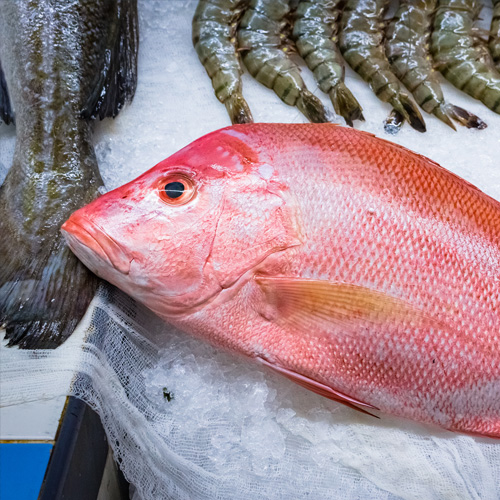
● Fresh fillets and steaks should be firm to the touch, shiny and moist. White-fleshed fish should look translucent; colored fillets should be bright and without gaps between layers.
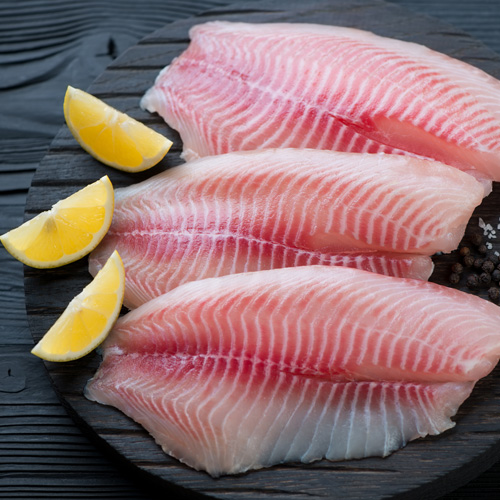
● Frozen fish should be free of frost, ice crystals or any discoloration. Make sure it stays frozen until you’re ready to prepare it.
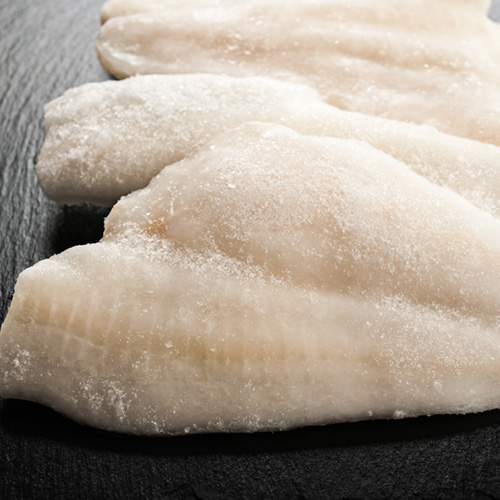
● Make fish your last purchase before leaving the store. It should be kept as cold as possible. Keeping an insulated shopping bag in your car for transport, especially during the heat of summer, is always a wise idea.
So Many Fish in the Sea: Which One to Bring Home?
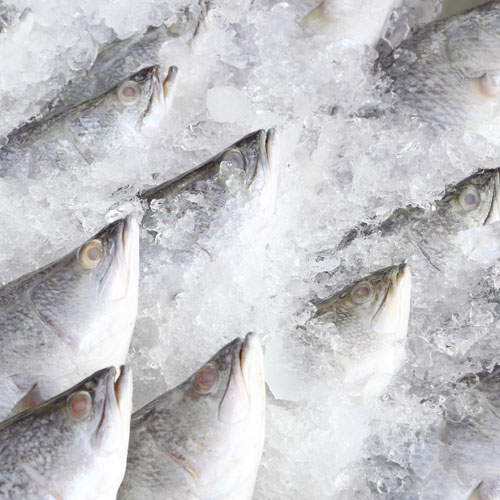
There are many different types of fish, and no two taste exactly alike. You can always ask one of our seafood specialists for a recommendation based on your family’s taste preferences and your desired cooking method, but it’s also nice to have a rough idea of what you're looking for ahead of time. You’ll find that there’s a type of fish for every recipe, every style of cooking and just about every palate.

Flavor:
While you could argue that all fish is equally delicious, they don't all have equal flavor profiles. Some are pleasingly mild, some are brazenly bold. White-fleshed, lean fish tend to be on the milder end of the flavor spectrum, while fattier, darker-colored fish have the strongest flavors. Creamy-colored fish generally fall somewhere in the middle.
Texture:
A fish’s texture is usually a good indication of its fat content: The fattier the fish, the denser the texture. Leaner fish can be fragile, which is something to take into consideration when choosing a cooking method. Denser fish can hold up to higher temperatures, longer cooking times and more intense seasonings and marinades.
Storing Your Fresh Catch
Fish can spoil easily, so it’s especially important to store it properly until you’re ready to prepare it. Never leave seafood (even frozen seafood) out at room temperature. Use your fresh fish purchase as soon as possible, preferably on the same day of purchase; it will only keep for a day or two. If you must store it, first wrap it tightly in plastic wrap and keep in the coldest part of your refrigerator—preferably in a shallow baking dish filled with ice.
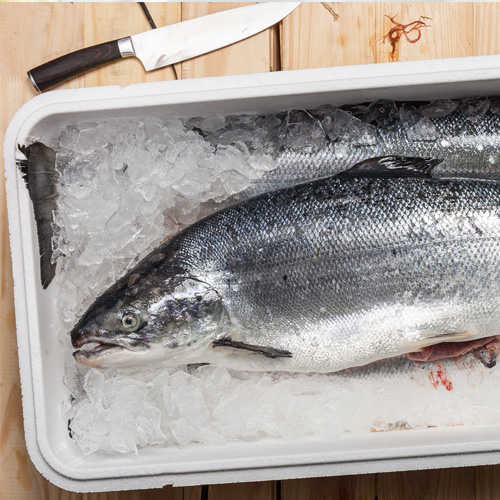
The Deep Freeze
Fish that you have purchased already frozen will keep for several months. You can also freeze just about every type of fresh fish without losing quality. In general, the fresher the fish, the better your freezing results will be. Lean fish (like cod) can be frozen for up to six months, while fatty fish (like salmon or tuna) will keep for up to three. Wrap in a single layer in airtight, moisture-proof packaging such as a resealable freezer bag. Press out as much air as you can before sealing it completely and placing in the freezer.

The Big Thaw
We’ve already said this, but it’s so important that we’ll say it again: Never leave your thawing seafood out at room temperature. Thaw in the refrigerator for several hours or overnight. Keep covered and in a shallow pan or dish to catch any liquid. You can also thaw fish in a sealed plastic bag under cold running water. Drain and pat dry before cooking, and be sure to prepare immediately after thawing.
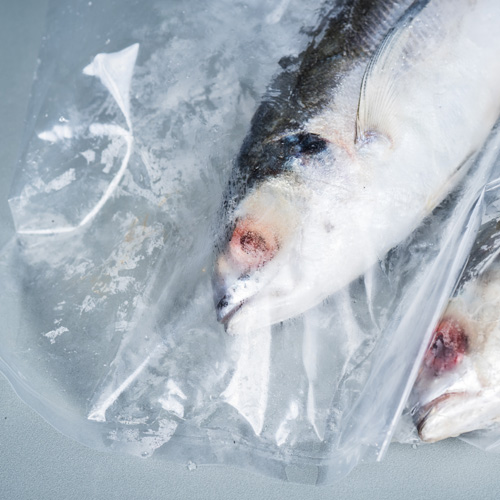
How Much? Not sure if you’re getting enough seafood to feed everyone? Follow these guidelines:
Whole fish: One pound per serving
Fillets or steaks: 1/4 to 1/3 pound per serving
Smart Kitchen Tip:
Not crazy about the lingering scent after you’ve finished cooking your fish? Wash dishes and utensils in a solution of 1 teaspoon baking soda to 4 cups hot water. You can also rinse pans with a bit of vinegar after you’ve washed and dried them; just rinse again with water after you’re done. If your hands still smell slightly fishy, rub them with a cut lemon and a bit of salt before washing.



